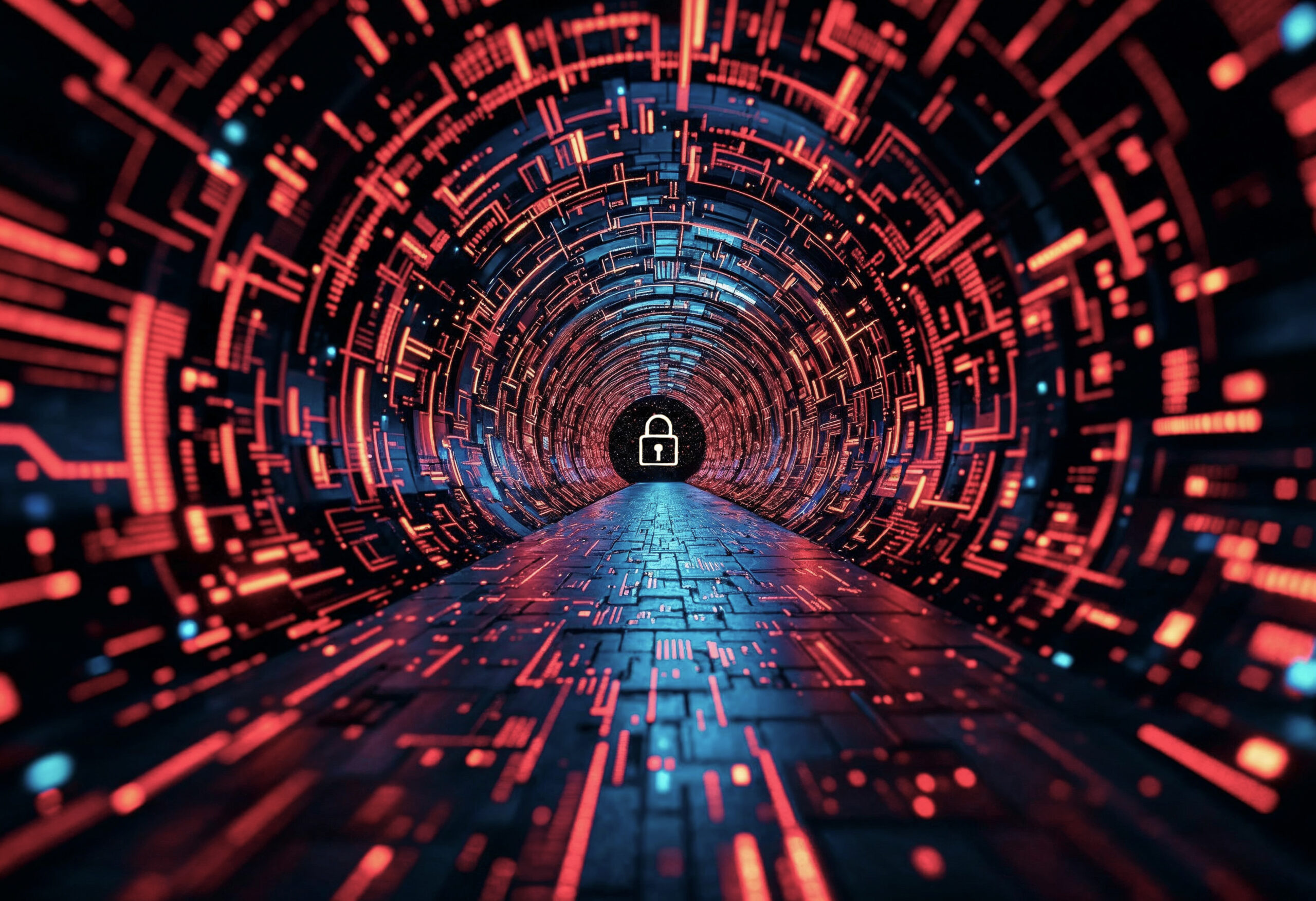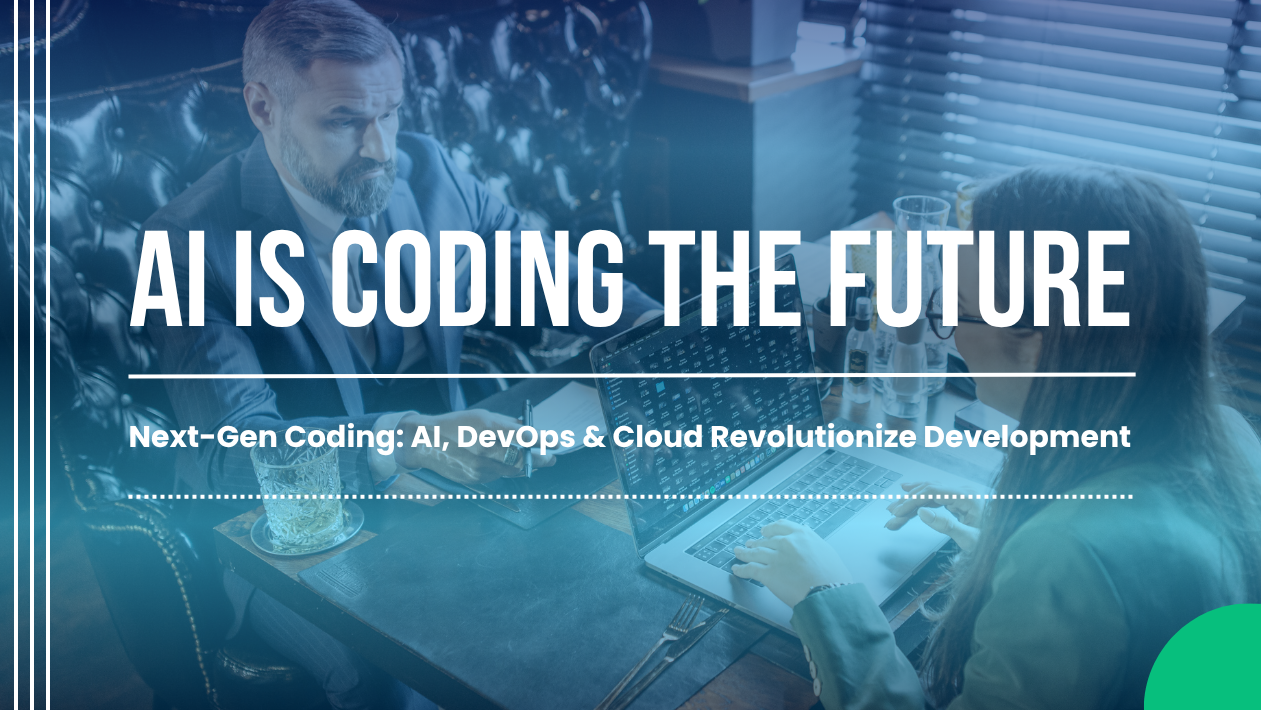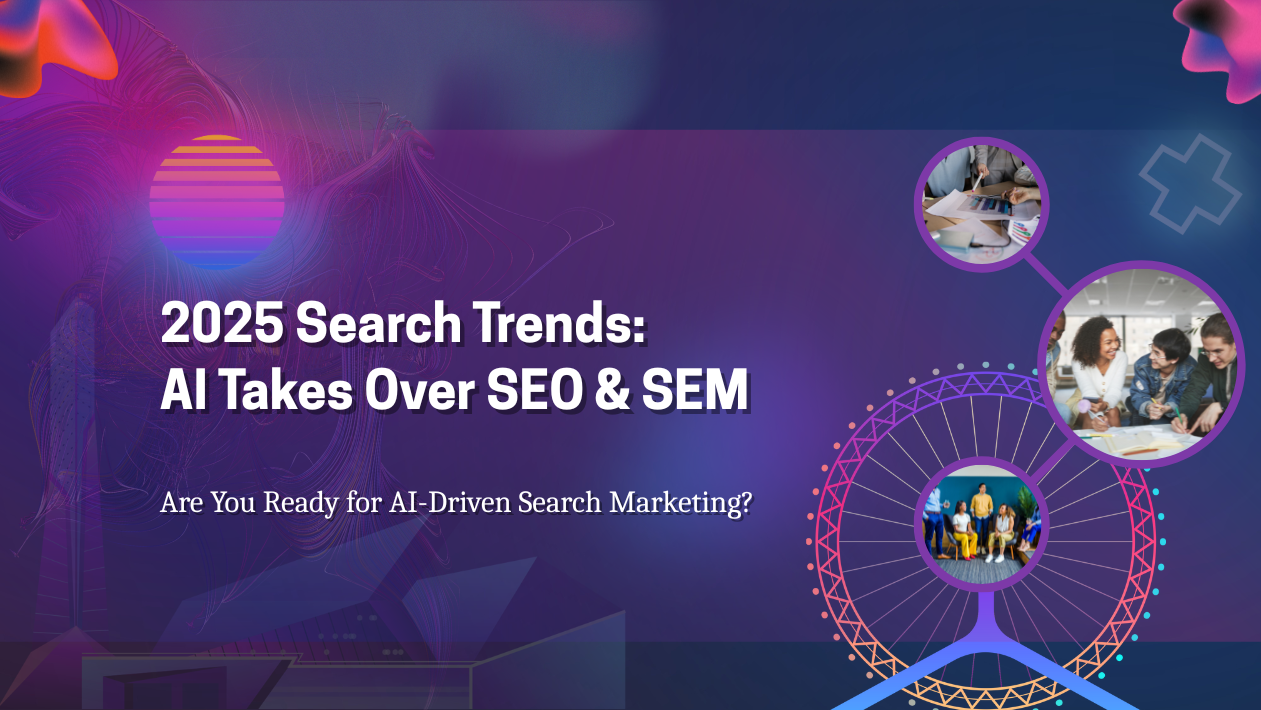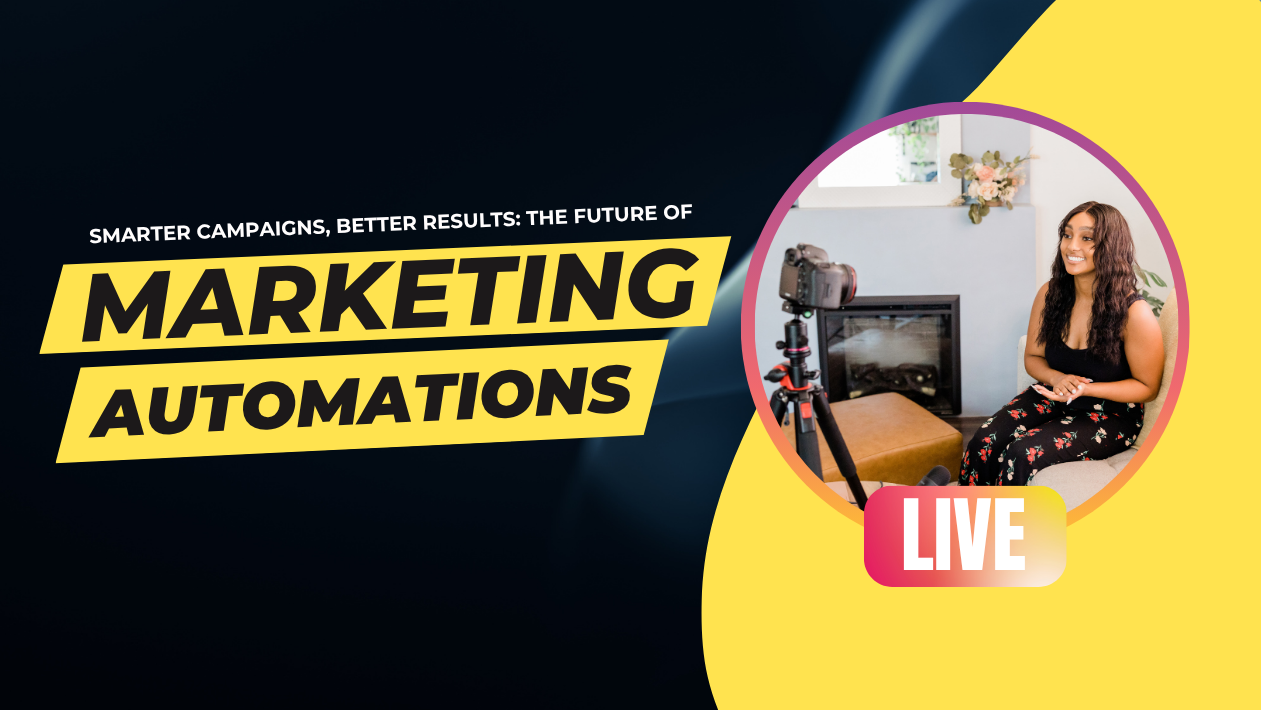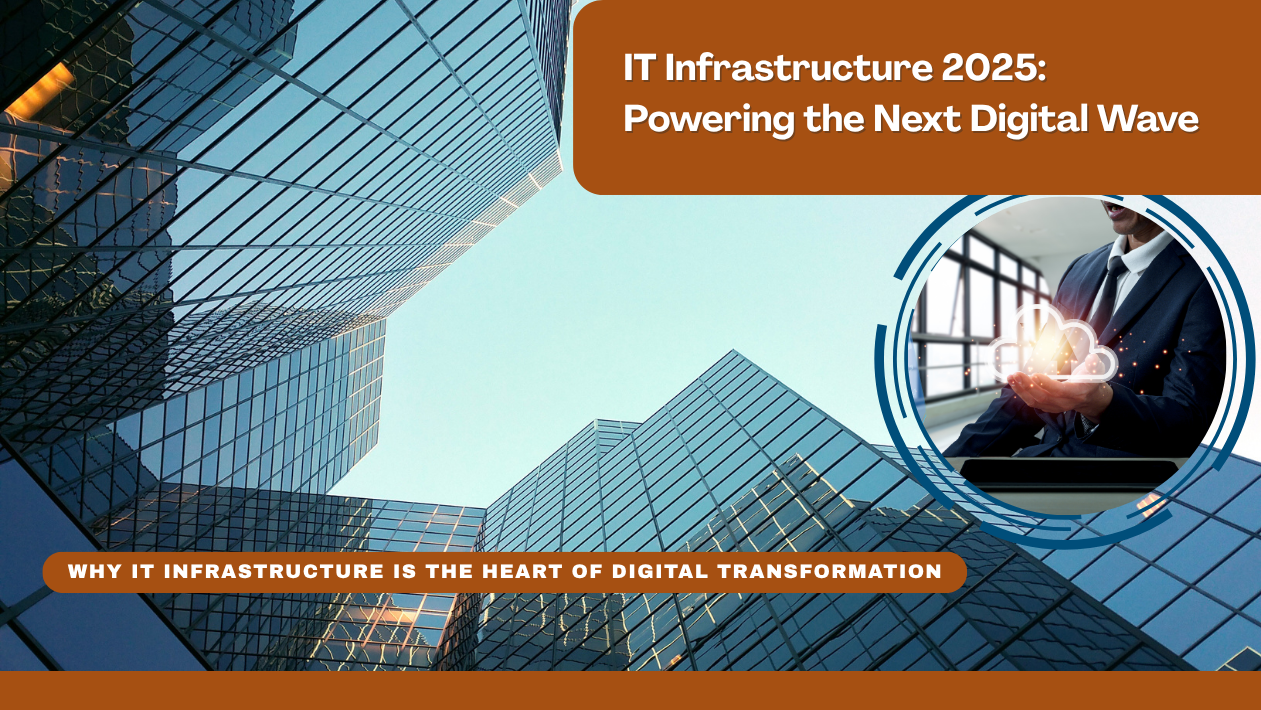As the digital economy expands, cybersecurity in 2025 is undergoing a seismic shift. From AI-driven threats to quantum computing risks, organizations are rapidly adopting advanced defense strategies to stay ahead of increasingly sophisticated cyberattacks.
With cybercrime projected to cost the global economy over $13 trillion this year, governments and enterprises are racing to modernize security infrastructure and reimagine digital trust.
AI vs. AI: Cyber Defense Gets Smarter
Cybersecurity platforms are now leveraging artificial intelligence and machine learning to detect and respond to threats in real time. Tools like Darktrace, CrowdStrike Falcon, and Microsoft Defender XDR use behavioral analytics to identify anomalies, stop malware, and prevent zero-day exploits before damage occurs.
However, cybercriminals are also using AI to automate phishing, create deepfake scams, and launch polymorphic malware, escalating the cybersecurity arms race.
Zero Trust Architecture Becomes the Standard
Zero Trust is no longer optional—it’s the default security model for most enterprises. By assuming that no user or device is trustworthy by default, Zero Trust enforces strict identity verification, device health checks, and continuous monitoring.
Leading companies are adopting ZTNA (Zero Trust Network Access) and identity-based microsegmentation to reduce attack surfaces across hybrid work environments.
Quantum Computing Raises New Alarm Bells
With quantum computing advancing rapidly, experts warn of future threats to current encryption standards. In response, the U.S. NIST and other global bodies are accelerating efforts to standardize post-quantum cryptography to protect sensitive data against quantum decryption.
Cybersecurity firms are beginning to test quantum-resilient encryption protocols, preparing for a not-so-distant reality.
Cloud Security and API Vulnerabilities in Focus
As cloud adoption skyrockets, misconfigured cloud storage, insecure APIs, and poor identity controls are becoming leading causes of breaches. Companies are investing in cloud-native security platforms, DevSecOps integration, and automated compliance monitoring to safeguard their data.
Ransomware Evolves with RaaS and Double Extortion
Ransomware-as-a-Service (RaaS) operations are expanding on the dark web, making sophisticated attacks accessible to novice hackers. Threat actors now use double extortion tactics—encrypting data while threatening to leak it unless paid.
Organizations are enhancing incident response plans and adopting immutable backups and cyber insurance as part of layered defense.
Cybersecurity Talent Gap Spurs Automation
With over 3 million cybersecurity roles unfilled globally, businesses are turning to automated security orchestration tools, AI-driven SOCs (Security Operations Centers), and managed detection and response (MDR) services to bridge the gap.
Upskilling programs and cybersecurity bootcamps are also seeing a surge in enrollment.
The Road Ahead: Proactive, Predictive, and Resilient Security
Cybersecurity in 2025 is shifting from reactive to predictive defense models, using big data, AI, and behavioral intelligence to preempt threats. As cyberattacks grow in frequency and impact, businesses that invest in cyber resilience, employee training, and adaptive security frameworks will be best positioned to thrive.

